Tips To Start a Research Paper
Writing a research paper involves careful preparation and thoughtful planning. Knowing how to begin can give you a significant advantage in crafting a thorough and academically impressive paper.
Here are some practical tips to help you build a strong foundation and create an outstanding research paper introduction.
Tip 1: Fully Understand the Research Topic Requirements
Before diving into writing, take the time to thoroughly review the research problem. Pay close attention to details like required length, formatting style (APA, MLA, etc.), and any specific expectations set by your instructor, publisher, or journal.
Grasping these details early on allows you to tailor your research approach and ensure it meets all necessary criteria.
Example: If the journal specifies a maximum length of 10 pages in APA style, understanding this early on ensures adherence to the specified parameters. |
Tip 2: Create a Timeline
Setting a realistic timeline for your research project can make a significant difference in managing each stage efficiently. Break your project into smaller, manageable tasks, such as conducting research, drafting sections, and revising your work. Assign deadlines to each task to ensure steady progress.
A well-planned timeline not only helps you manage your time efficiently but also ensures that each stage of the process gets the attention it deserves.
Example: If your research paper is due in four weeks, you might allocate the first week to conducting preliminary research, the second week to drafting the outline and introduction for research, the third week to writing the main sections, and the final week to revising and proofreading. |
Tip 3: Choose an Interesting and Relevant Topic
Selecting the right topic is critical, as it sets the foundation for your entire research paper. Choose a topic that not only sparks your interest but also aligns with the assignment guidelines and academic objectives.
Pick a topic that contributes to existing research and has ample scholarly resources available. This way, you'll have enough material to support your work while keeping the topic relevant and focused.
If you’re looking for ideas, explore our research paper topics blog for hundreds of ideas!
Tip 4: Define a Clear Research Question
Refining your topic becomes much easier once you have a clear and specific research question(s) or problem statement. This question will guide your entire research process, helping you stay focused and on track as you explore your topic.
Ask yourself key questions to clarify your research direction:
- What is the main purpose or goal of my research?
- Who is my target audience, and what level of understanding do they have on the subject?
- What key message or argument do I want to convey?
- What evidence or data do I need to support my points?
- What counterarguments or opposing views should I consider?
- Why is my research important, and what value will it add to the field?
A well-defined research question helps ensure your work remains focused and purposeful. It also makes it easier to craft a strong, cohesive abstract and introduction.
Tip 5: Set Concrete Objectives and Goals
When you're working on a research paper, setting clear objectives and goals helps you know exactly what you want to achieve and where you're headed with your study.
Objectives outline the specific achievements or outcomes you aim to attain through your research. They provide a clear and measurable focus, guiding your efforts toward answering the overarching research question.
Example: Objective 1: Analyze the impact of climate change on biodiversity in tropical rainforests. Objective 2: Examine the role of human activities in contributing to deforestation within these ecosystems. |
Goals, on the other hand, provide the research with direction and purpose, offering a sense of the intended impact or contribution.
Example: Goal: To contribute valuable insights into the complex interplay between climate change, human activities, and biodiversity loss in tropical rainforests. |
Tip 6: Conduct Background Research
Preliminary research involves gathering background information on your topic from scholarly and credible sources. This will help you grasp existing knowledge, identify research gaps, and refine the direction of your study.
For conducting the research, be sure to:
- Utilize academic databases and libraries
- Conduct literature review
- Use online resources and websites
- Take detailed notes
- Identify key concepts and keywords
- Consider multiple perspectives
- Evaluate source credibility
- Cite your sources properly
- Refine your research question
- Establish a solid foundation
Use academic databases and scholarly articles to collect information on the current state of research related to your specific topic. A thorough preliminary research phase sets you up for a focused and well-informed study.
Tip 7: Consider Ethical Considerations
Think about the ethical implications of your research from the start. This will help you avoid issues later and ensure your research is conducted responsibly.
Always check your institution's ethical guidelines and seek approval if needed, especially when dealing with sensitive topics.
Example: If you're studying mental health and its effects on college students, ensure participants' anonymity and obtain informed consent. Be mindful of any emotional impact the study might have. Considering these ethical aspects early will help you avoid complications and maintain the integrity of your research. |
Tip 8: Stay Flexible in Your Approach
Research is rarely a straight path—things might not always go as planned. Be prepared to adapt your approach if you encounter unexpected challenges.
Whether it’s a change in available resources, access to data, or new findings that shift your focus, flexibility will help you stay on track and produce a stronger research paper.
For Example, You might plan to interview a certain group of people, but they may not be available. Being flexible allows you to adjust your approach, like using surveys instead, and still gather valuable data. |
Tip 9: Use Primary and Secondary Sources Wisely
Make sure to balance primary and secondary sources in your research. Primary sources, like interviews or raw data, offer direct evidence from the field. Secondary sources, such as books or academic articles, provide analysis and context.
Finding sources (both in combination) will strengthen your paper, giving it a well-rounded perspective.
Example: If you're exploring the effects of social media on mental health, primary sources like personal interviews or surveys can offer direct insights. Secondary sources, such as research articles, will help you frame those insights within a broader context, making your argument more credible and robust. |
Tip 10: Develop a Working Thesis Statement
Develop an introductory thesis that concisely conveys the main point or argument of your research.
Recognize that this statement may evolve as your understanding of the topic deepens throughout the research process.
Example: For the topic of plastic pollution, a working thesis statement could be: "The escalating presence of plastic waste in oceans poses a significant threat to marine life and ecosystems, necessitating urgent attention and intervention." |
Tip 11: Stay Updated on Research Trends
Keep an eye on the latest trends and developments in your field. Research is always evolving, so staying informed will help ensure your work is relevant and up-to-date.
Regularly check academic journals, conferences, and trusted online resources to discover new findings, methodologies, and theories that could strengthen your research.
Example: If you're working on a paper about artificial intelligence, staying updated on recent breakthroughs or new applications of AI will help you incorporate the most current insights into your work. |
Tip 12: Organize Your Research Materials
Keep your research materials organized to save time and reduce stress during the writing phase. Whether it's articles, notes, or references, categorize them by themes, evidence, or sections of your paper. This will help you quickly find what you need when writing.
Using tools like folders, digital apps, or citation management software can make this process much easier. Citation management tools can help you store, sort, and cite your references correctly.
Here are some popular citation management software tools:
- Zotero
- EndNote
- Mendeley
- RefWorks
- BibTeX
- Citavi
- ProCite
Tip 13: Use a Visual Outline
Develop a visual representation of your research structure using a research paper outline.
This visual plan helps you write an introduction and see how different ideas, supporting points, and important parts of your research paper are connected.
Example: Start by mapping out your introduction at the top, then list your main points in order. Under each point, jot down the evidence or arguments you’ll use to support it. This will give you a clear view of the flow of your paper and highlight any gaps in your research. |
How To Start Research Paper Examples
After following these steps, you should have a better understanding of how to start a research paper.
When beginning a research paper, consider consulting the following examples to ensure you start your paper in the right way!
Here are some more examples of starting different parts of your research paper:
How to Start a Research Paper in College
Here’s how you might begin a research paper in college:
"College students face a unique set of challenges when it comes to balancing academic responsibilities with personal lives. Research has shown that stress, time management issues, and financial concerns are among the leading factors contributing to mental health struggles among students (Taylor, 2021). This paper will explore these challenges and propose strategies for improving student well-being." |
How to Start a Research Paper with a Quote
Below’s an example of how to begin your research paper using a quote:
"As Albert Einstein once said, 'The important thing is not to stop questioning.' This sentiment rings true when we consider the need for continued research into the effects of artificial intelligence on the workforce. In this paper, we will examine both the positive and negative implications of AI on job displacement and economic structures." |
How to Start a Research Paper in APA
Here’s an example of how you can start a research paper in APA format:
"In recent years, the effects of social media on mental health have become a growing concern. Studies have shown that excessive social media use can contribute to feelings of anxiety, depression, and loneliness, particularly among adolescents (Smith, 2020). This paper will explore the psychological impacts of social media and provide strategies for mitigating its negative effects." |
How to Start a Research Paper Essay
Now, let’s see how you can start a research essay:
"Research into renewable energy sources has gained significant attention in recent decades, as the world faces increasing energy demands and environmental challenges. This essay will explore the potential of solar energy as a viable alternative to traditional fossil fuels, discussing its advantages, limitations, and future prospects." |
How to Start a Research Paper Proposal
Here’s an example of starting a research proposal:
"This proposal aims to investigate the effects of urbanization on local water systems, particularly in metropolitan areas with rapid population growth. With the increasing strain on water resources, it is critical to understand how urbanization contributes to water pollution and depletion. The proposed research will analyze key factors influencing water quality and provide potential solutions." |
How to Start a Research Paper Body Paragraph
Next, let’s see how you can start a body paragraph in your research paper:
"One of the primary factors contributing to climate change is the increase in carbon emissions. According to a study by Johnson et al. (2019), carbon dioxide levels have risen by 40% over the past 100 years, primarily due to industrial activities. This increase in emissions has led to a rise in global temperatures, causing significant shifts in weather patterns." |
How to Start a Research Paper Conclusion
Now, let’s look at how you can wrap up your research paper with a strong conclusion:
"In conclusion, the evidence presented throughout this paper clearly shows that climate change is accelerating at a rate that is detrimental to both the environment and human health. It is vital for governments to take immediate action to reduce carbon emissions and promote sustainable practices. Without such measures, future generations will face increasingly severe challenges." |
How to Start a Research Paper Presentation
Let's check an example of how to begin a research paper presentation:
"Good morning, everyone. Today, I’ll be discussing the impact of climate change on global biodiversity. This topic is crucial because the rapid shifts in climate patterns are threatening ecosystems across the globe. By the end of this presentation, you will understand how these changes affect not only the environment but also the communities that depend on these ecosystems for survival." |
All in all, starting a research paper requires thoughtful planning and a smart approach to existing literature. This guide is here to give you the tools to start your academic journey confidently.
But if you need expert help, simply ask, 'Do my paper for me.'
At SharkPapers.com, our dedicated team is here to guide you 24/7, making sure your academic journey goes well.
So, why wait? Get professional research paper writing help today and start your academic journey with confidence!










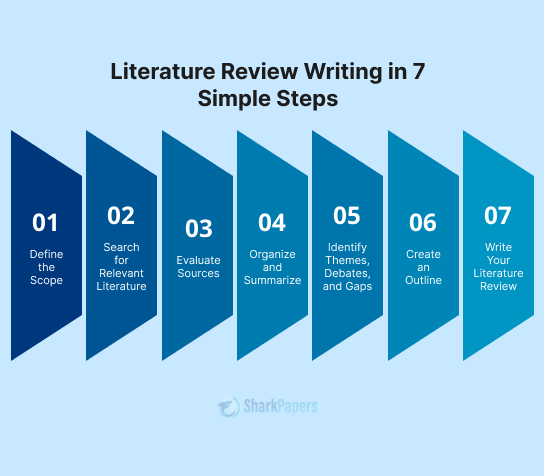





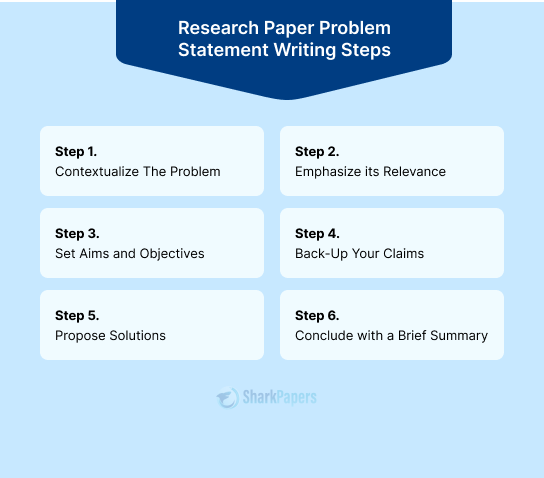
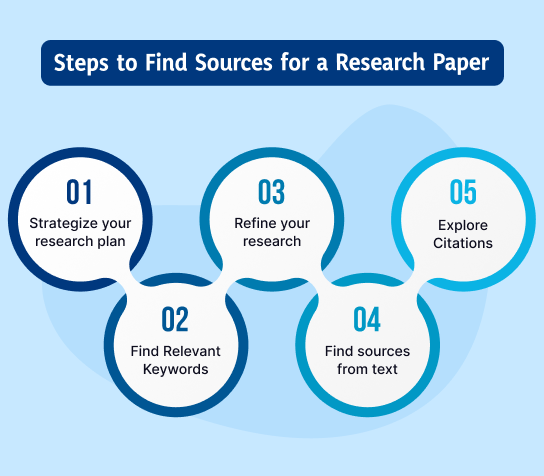
)






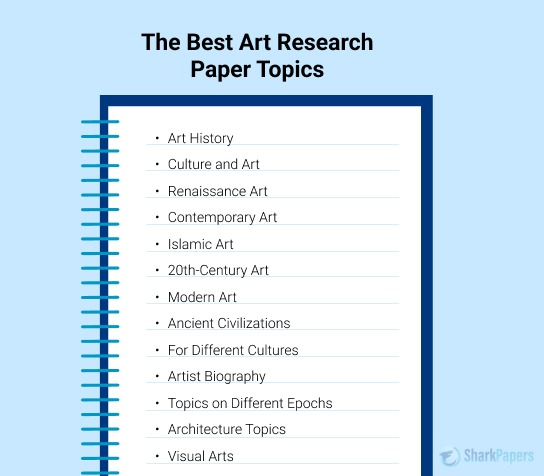

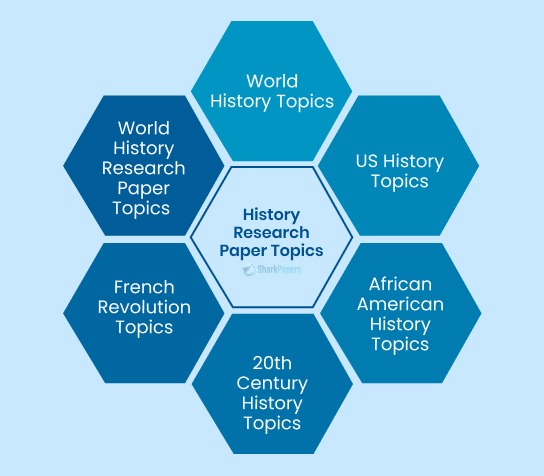

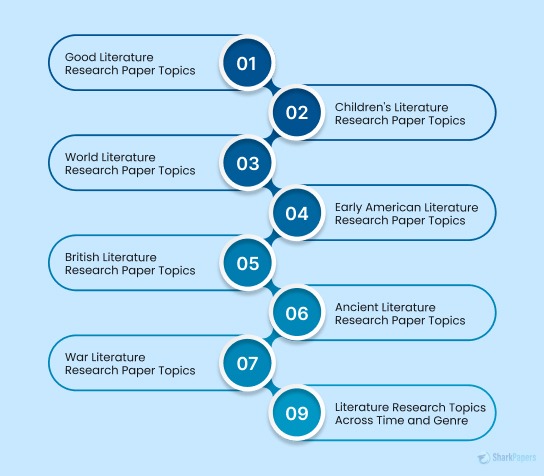




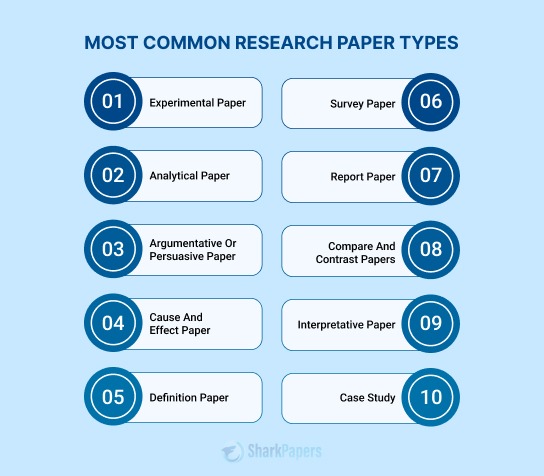

















-12114.jpg)














 Not seeing it? Check Promotions or Spam — inboxes get protective.
Not seeing it? Check Promotions or Spam — inboxes get protective.